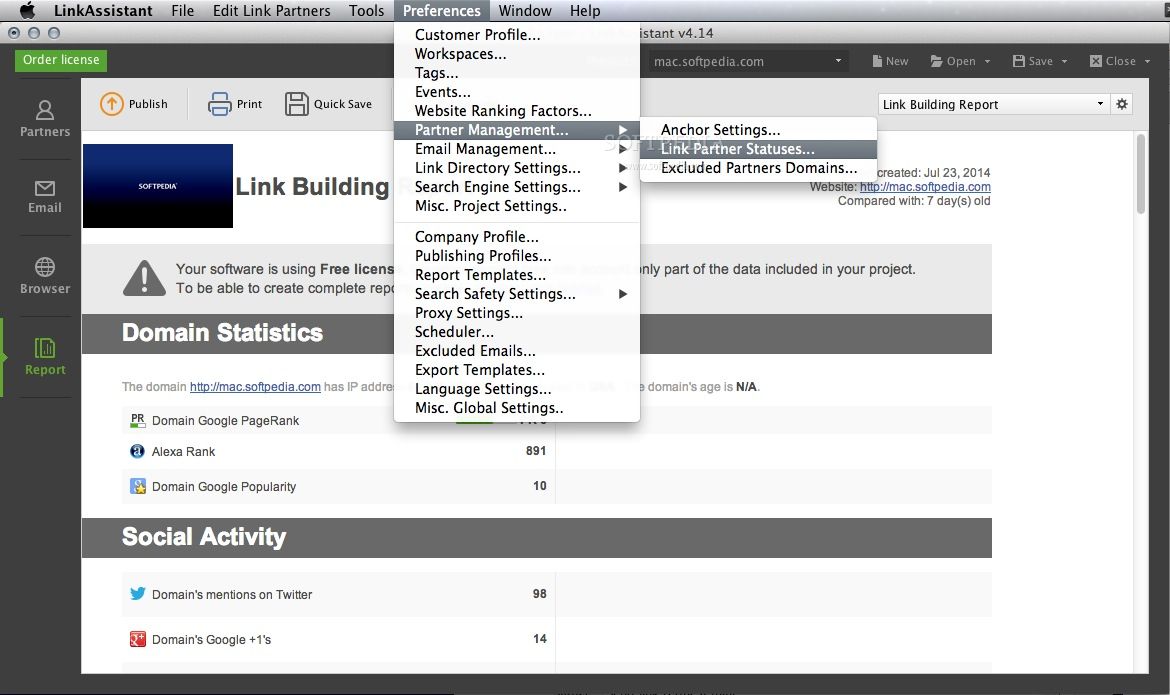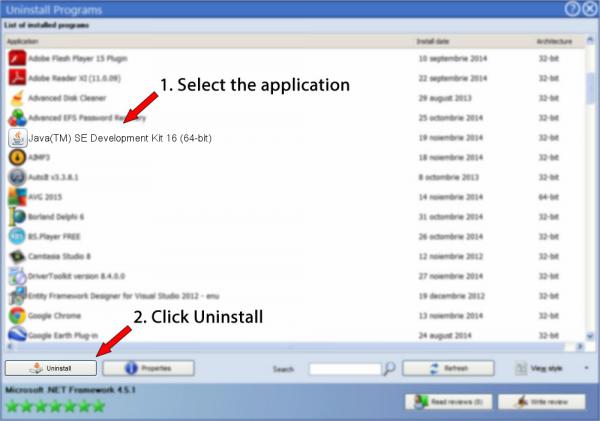

(In the sample subdirectory) Samples, with source code, of programming for certain Java API's. These include examples that use Swing and other Java Foundation Classes, and the Java Platform Debugger Architecture. (In the demo/ subdirectory) Examples, with source code, of programming for the Java platform. (In the lib/ subdirectory) Additional class libraries and support files required by the development tools. The JRE includes a Java Virtual Machine (JVM), class libraries, and other files that support the execution of programs written in the Java programming language.

(In the jre/ subdirectory) An implementation of the Java Runtime Environment (JRE) for use by the JDK. (In the bin/ subdirectory) Tools and utilities that will help you develop, execute, debug, and document programs are written in the JavaTM programming language.
#Java 16 download Offline#
Download Java Development Kit Offline Installer Setup 64bit for Windows It consists of a Java Virtual Machine and all of the class libraries present in the production environment, as well as additional libraries only useful to developers, and such as the internationalization libraries and the IDL libraries. The JDK 64-bit also comes with a complete Java Runtime Environment, usually called a private runtime.
#Java 16 download code#
This tool also helps manage JAR files, javadoc - the documentation generator, which automatically generates documentation from source code comments, jdb - the debugger, jps - the process status tool, which displays process information for current Java processes, javap - the class file disassembler, and so many other components. JDK has as its primary components a collection of programming tools, including javac, jar, and the archiver, which packages related class libraries into a single JAR file.
#Java 16 download software#
If you are using Jackson 2.12.Java Development Kit 64-bit (also known as JDK) contains the software and tools that you need to compile, debug, and run applets and applications that you've written using the Java programming language. However, depending on the Jackson library version you are using (say, 2.11.3), you might need to annotate the components of your records using the annotation as follows: import .JsonProperty You can add an appropriate annotation to the components of a record, say, as demonstrated in the following gif:ĭevelopers often use third-party libraries like Jackson to persist value objects. In the following example, record Automobile defines one of its components as Engine, another record: If you are working with records but need to transition it to the codebase of an older Java version that doesn’t support records, you can quickly convert a record to a regular class by using the context action Convert record to class or vice-versa by using the context action Convert to a record:Ī record component can be another record. Here’s an example: record Person(String name, int age) Though it helps cut down on boilerplate code significantly, that isn’t the primary reason for its introduction. Records introduce a new type declaration that simplifies the task of modeling your immutable data. You can use this link for a comprehensive list of the new Java 16 features. In this blog post, I will limit coverage of Java 16 to its language features, why you need them, and how you can start using them in IntelliJ IDEA. I’m personally excited about Java 16! It adds Records and Pattern Matching for instanceof as standard language features with Sealed classes continuing to be a preview feature (in the second preview).įun fact – Records was voted the most popular Java 16 language feature by 1158 developers in this Twitter poll, with Pattern Matching for instanceof second.

However, you’ll see these numbers are going to increment at a much faster and predictable rate with Java’s six-month release cadence. If you are still working with Java 8, you might have mixed feelings about the news of the release of Java 16.


 0 kommentar(er)
0 kommentar(er)
